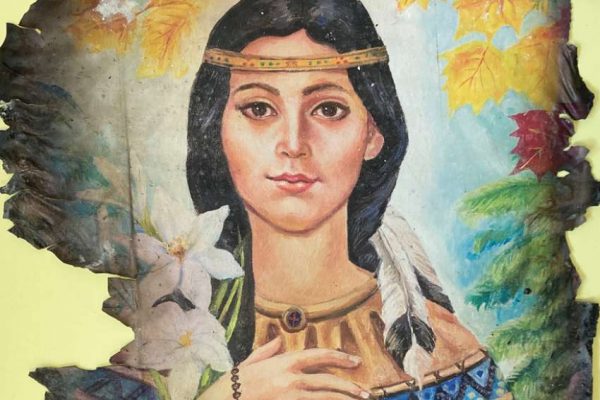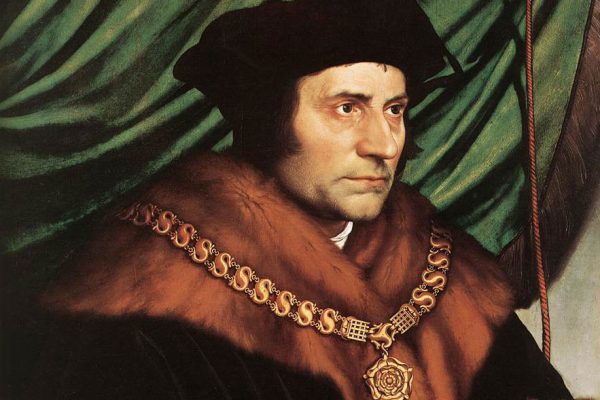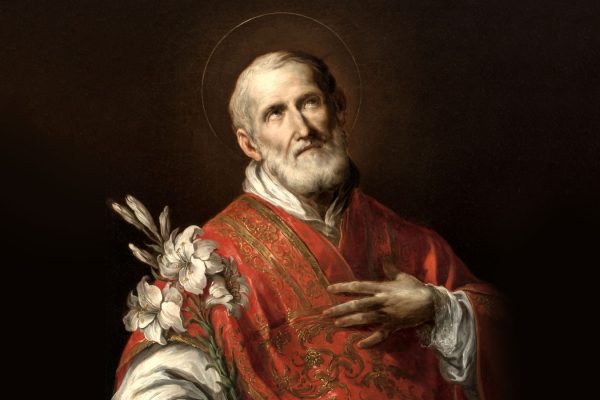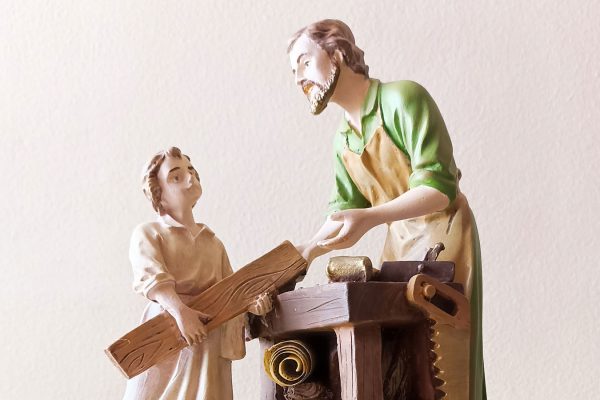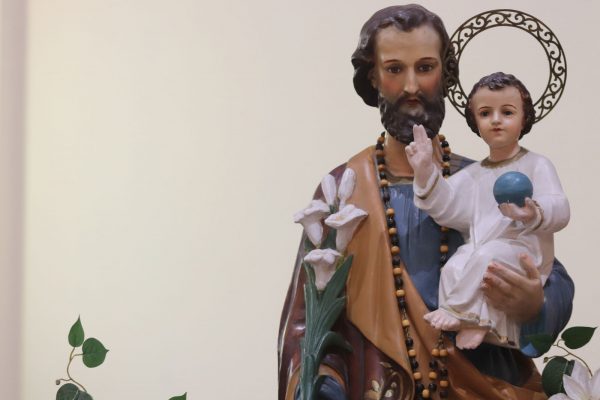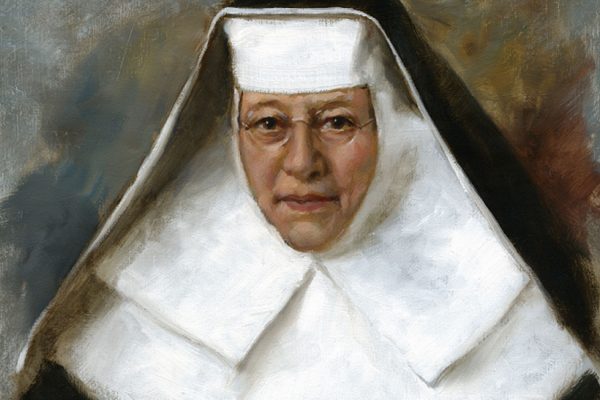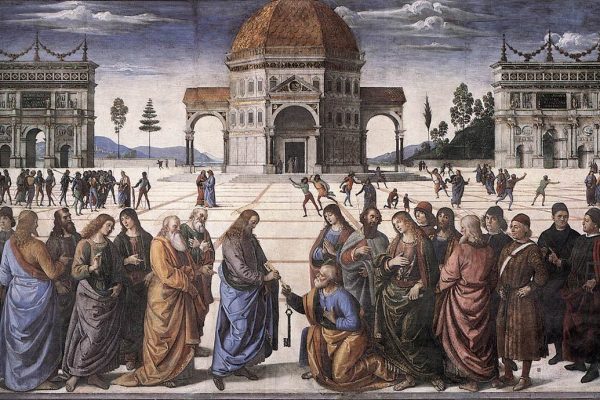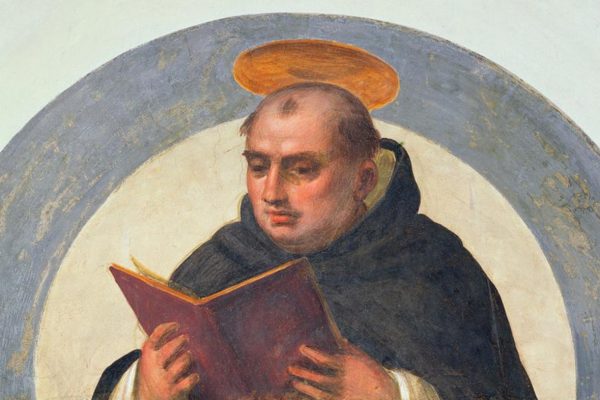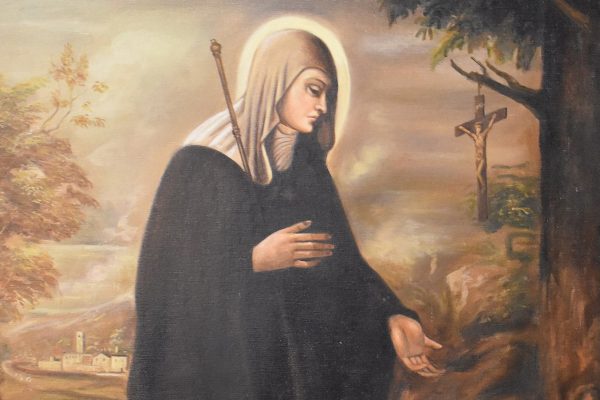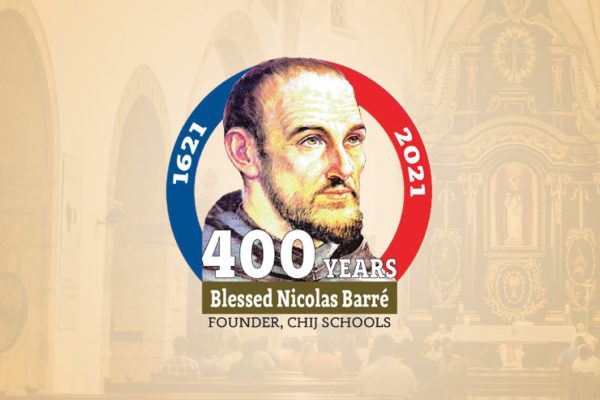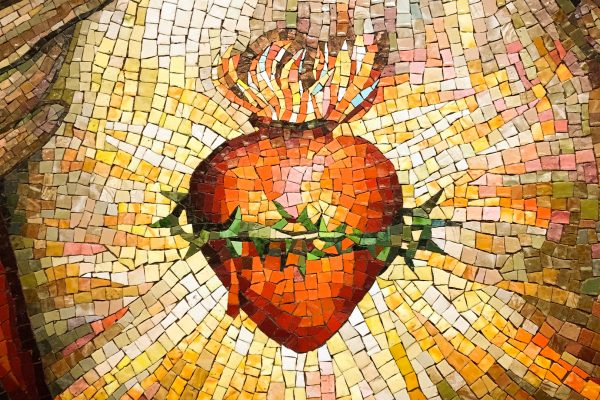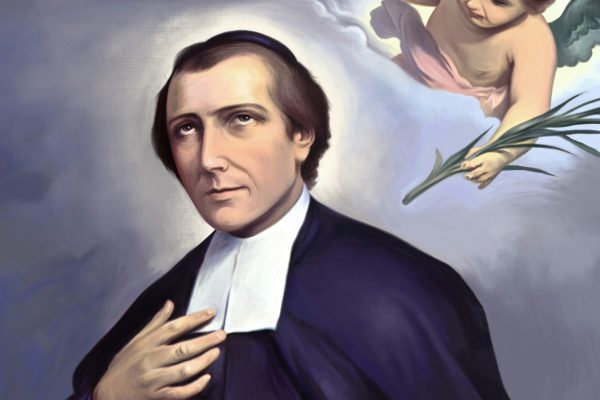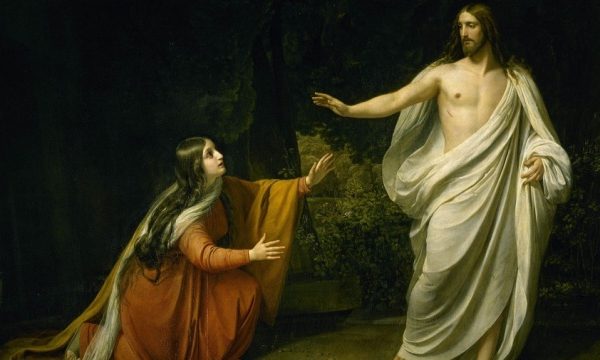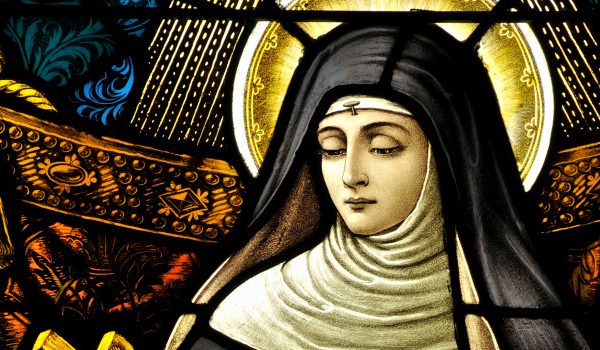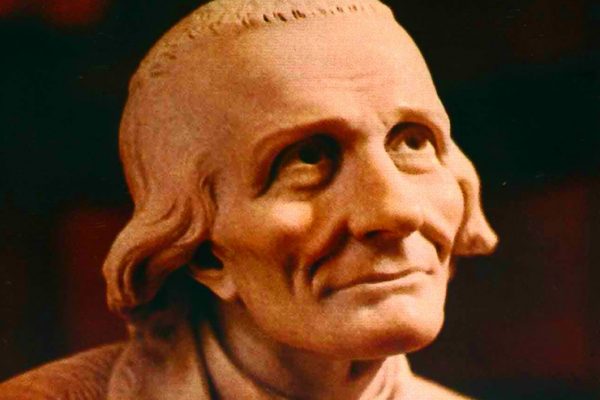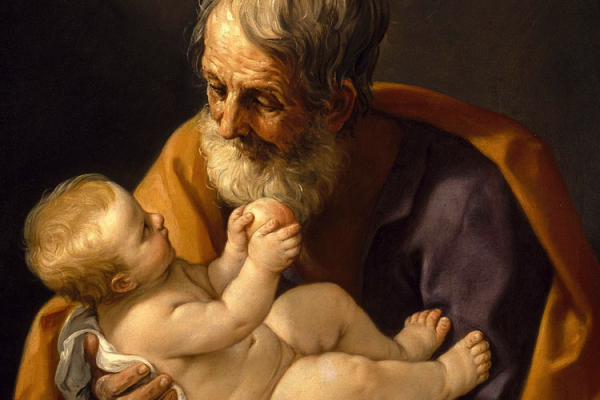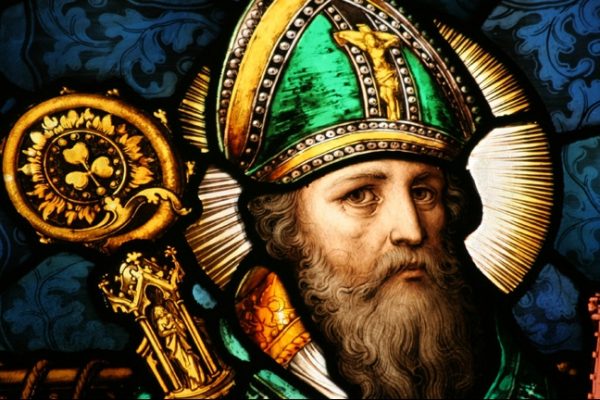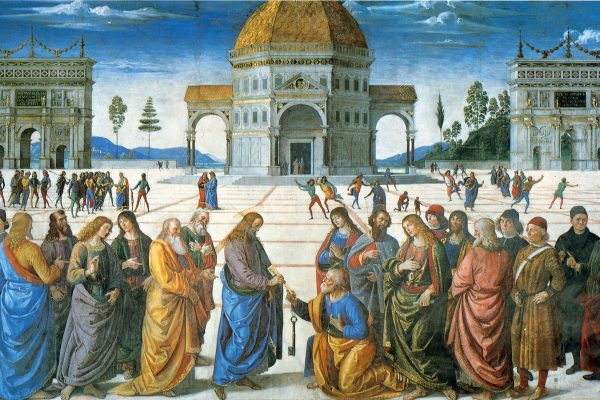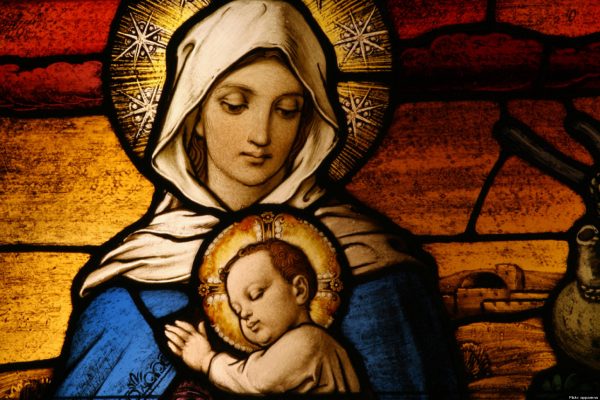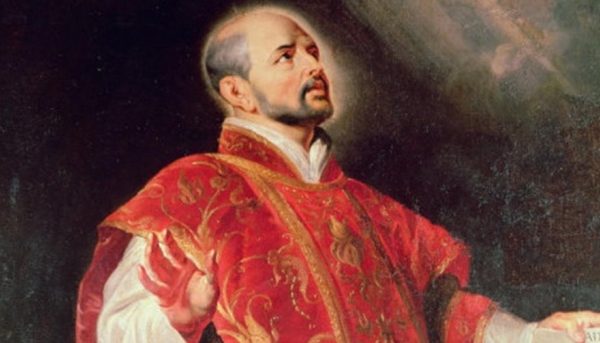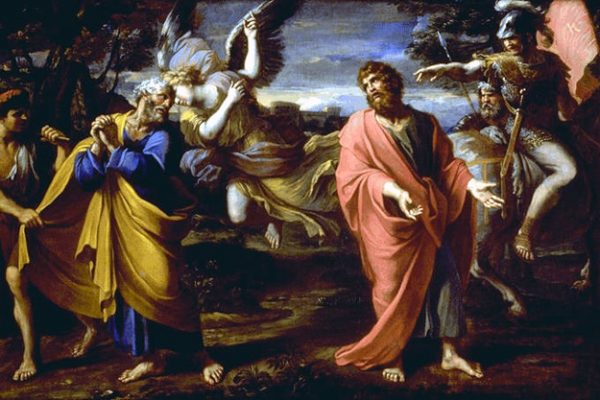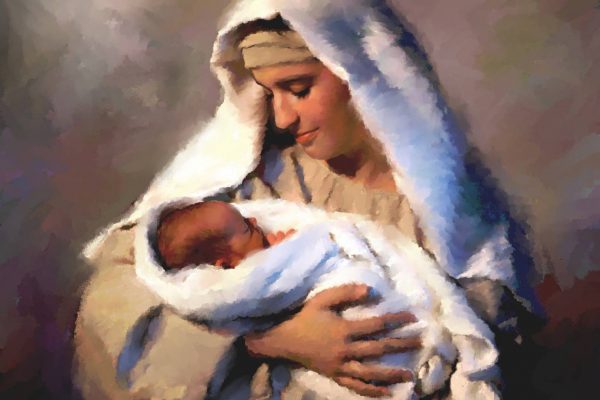
St. Joseph Calasanz
Joseph Calasanz was born in Spain on September 11, 1556, the youngest of eight children. Joseph’s parents were members of the nobility and devout Catholics who ensured that he was well educated and learned his catechism from a young age.
When Joseph was about 14 years of age, he was sent to a school run by the Friars of the Trinitarian Order. It was then that he first heard God’s call to become a priest. His university education was in the University of Lleida, where he studied philosophy and earned a Doctorate in Laws with honours. After that he studied theology in the University of Valencia before heading west to Madrid, where he completed his education and was ordained priest in 1583.
Fr Calasanz held various positions in different dioceses before moving to Rome in 1592. In response to these needs of the many neglected or orphaned and homeless children he found in Rome, Fr Calasanz attempted to admit these children to a local school for free, but he met with difficulties. The teachers, already working for low wages, were unwilling to accept more children without pay.
In 1600, with the help offered by pastors of local churches, Fr Calasanz was able to open what was thought to be the first free public school in Europe, the “Pious School” in the centre of Rome. This school expanded rapidly, in response to growing demands for enrolment from students.
In 1602, Fr Calasanz rented a house in Rome and commenced community life with his assistants, and thus laid the foundation of the Order of the Pious Schools or Piarists. In 1610, Fr Calasanz wrote the Documentum Princeps in which he laid out the fundamental principles of his educational philosophy. The text was accompanied by regulations for teachers and for pupils.
In 1621, the congregation was elevated to the status of a religious order by Pope Gregory XV, who gave them the name “Order of Poor Clerics Regular of the Mother of God of the Pious Schools.” The Piarists profess vows of poverty, chastity, and obedience, and, in accordance to the wishes of Fr Calasanz, a fourth vow to dedicate their lives to the education of youth.
Fr Joseph Calasanz always remained faithful to the Church and died August 25, 1648, at the age of 90. He was beatified on August 7, 1748, by Pope Benedict XIV, and later canonized by Pope Clement XIII on July 16, 1767. In 1948, Pope Pius XII declared him to be the “Universal Patron of all Christian popular schools in the world.”
Calasanz’s liturgical feast day has been celebrated on August 25, the day of his death, in the General Roman Calendar since 1969.
St. Joseph Calasanz’s contribution to education
- Educator of the Poor: St. Joseph Calasanz offered education free-of-charge to all classes of society, without discrimination.
- Equal Opportunities for All: He displayed the same moral courage, in his attitude to victims of the Inquisition, and in the acceptance of Jewish children in his schools, where they were treated with the same respect as other pupils. Similarly, Protestant pupils were enrolled in his schools in Germany.
- Systematic Education: He organised and systematised a method of educating primary school pupils through progressive levels or cycles, a system of vocational training, and a system of public secondary education.
- Concern About Physical Education And Hygiene: He addressed the subject in various documents and requested school directors to monitor children’s health.
- Defender of Vernacular Languages: He taught his students to read both in Latin and in the vernacular. While maintaining the study of Latin, he was a strong defender of vernacular languages, and had textbooks, including those used for teaching Latin, written in the vernacular.
- Emphasis On The Teaching Of Mathematics: Training in mathematics and science was considered very important in his Pious schools, both for pupils and teachers.
- Moral And Christian Education Of Students: As both priest and educator, he considered education to be the best way of changing society. All his writing is imbued with his Christian ideals, and the constitutions and regulations of the Pious schools were based on the same spirit. He created an ideal image of a Christian teacher and used it to train the teachers who worked with him
- Preventive Method – It Is Better To Anticipate Mischievous Behaviour Than To Punish It: This method was later developed by John Bosco, the founder of the Salesian schools. In terms of discipline, and contrary to the prevailing philosophy of his own and subsequent eras, St. Joseph Calasanz favoured the mildest punishment possible. While believing that punishment was necessary in certain cases, he always preached moderation, love and kindness as the basis of any discipline.
REFERENCE
https://www.romereports.com/en/2021/03/21/the-footsteps-of-st-joseph-calasanz-in-rome/

